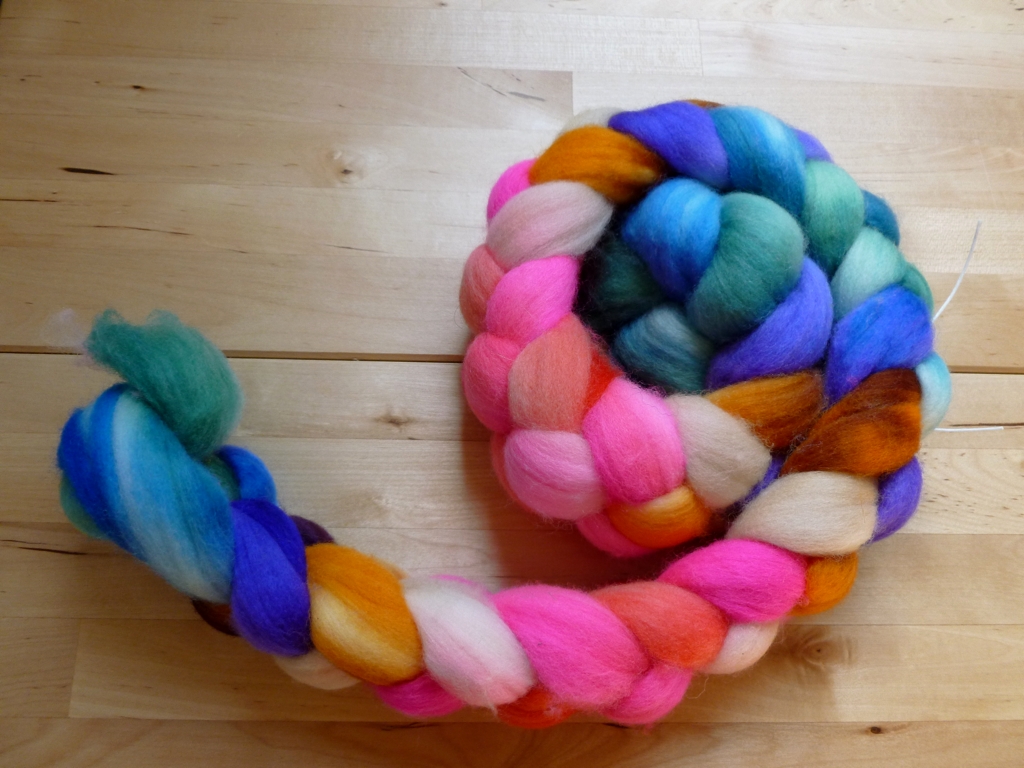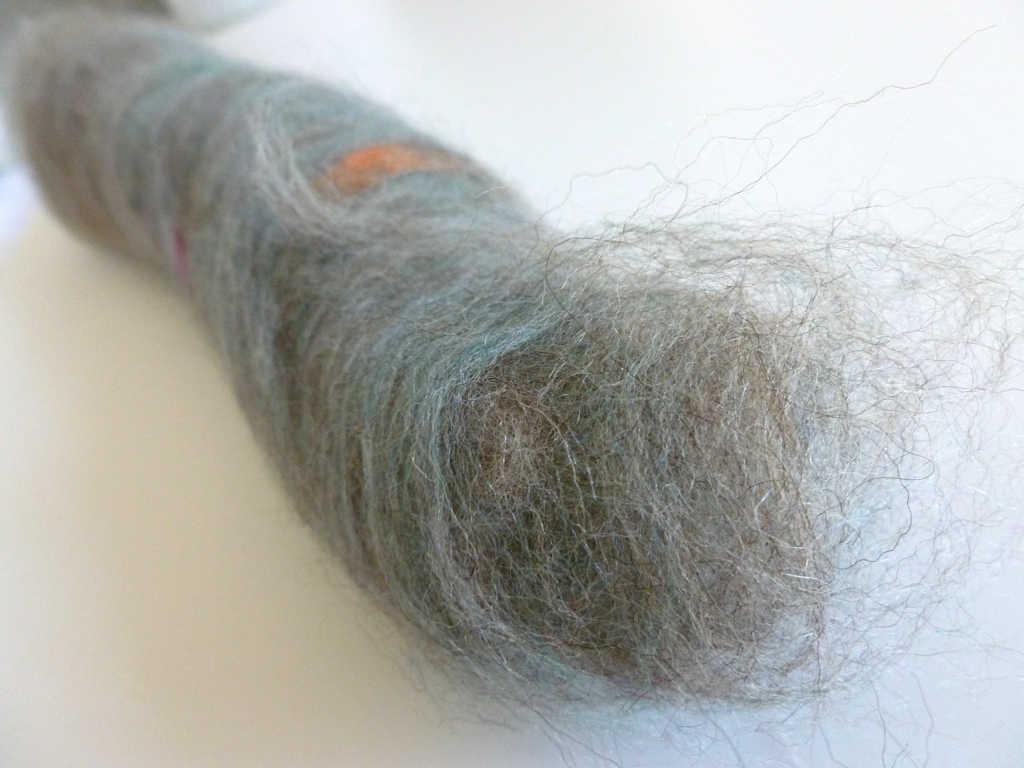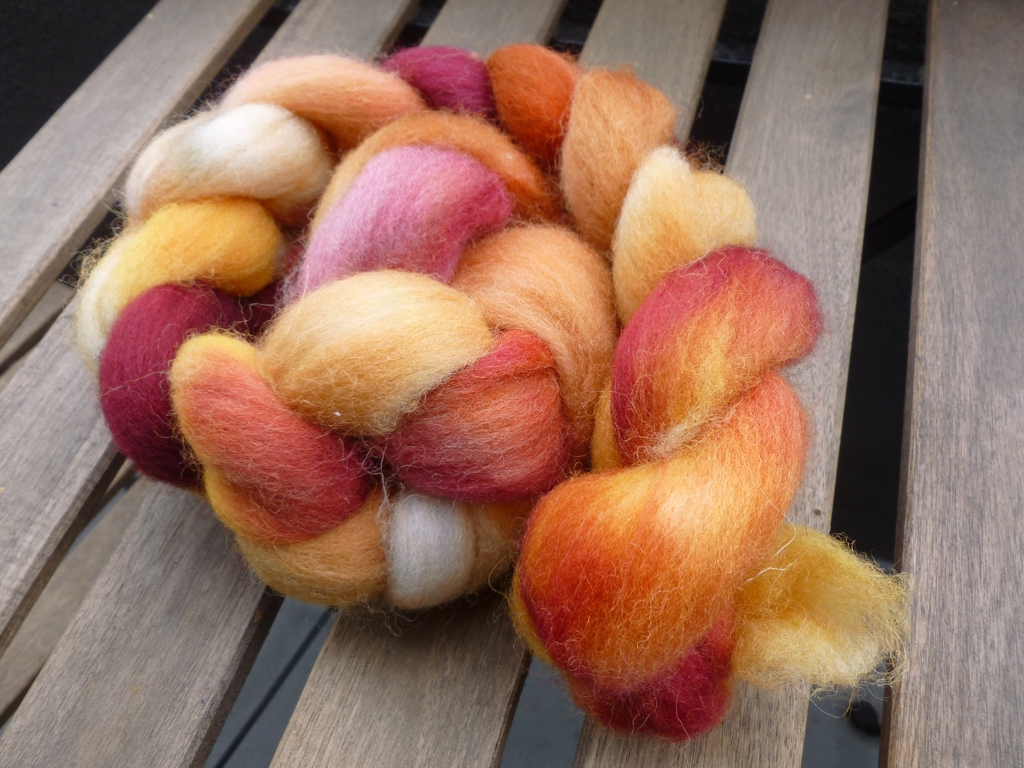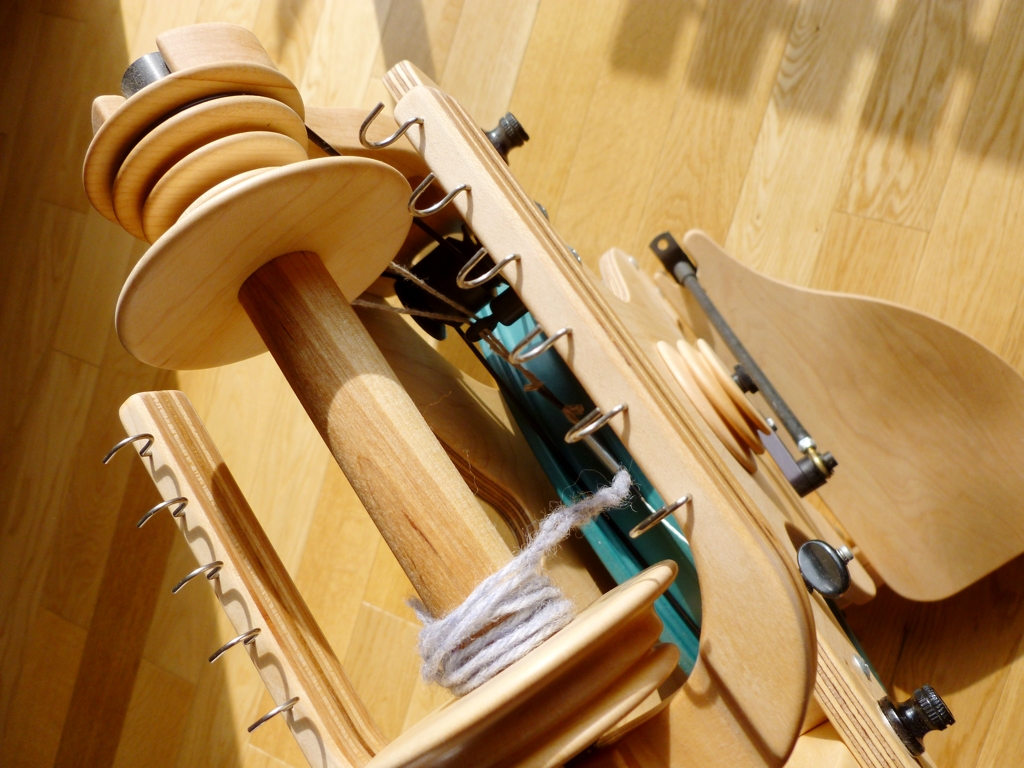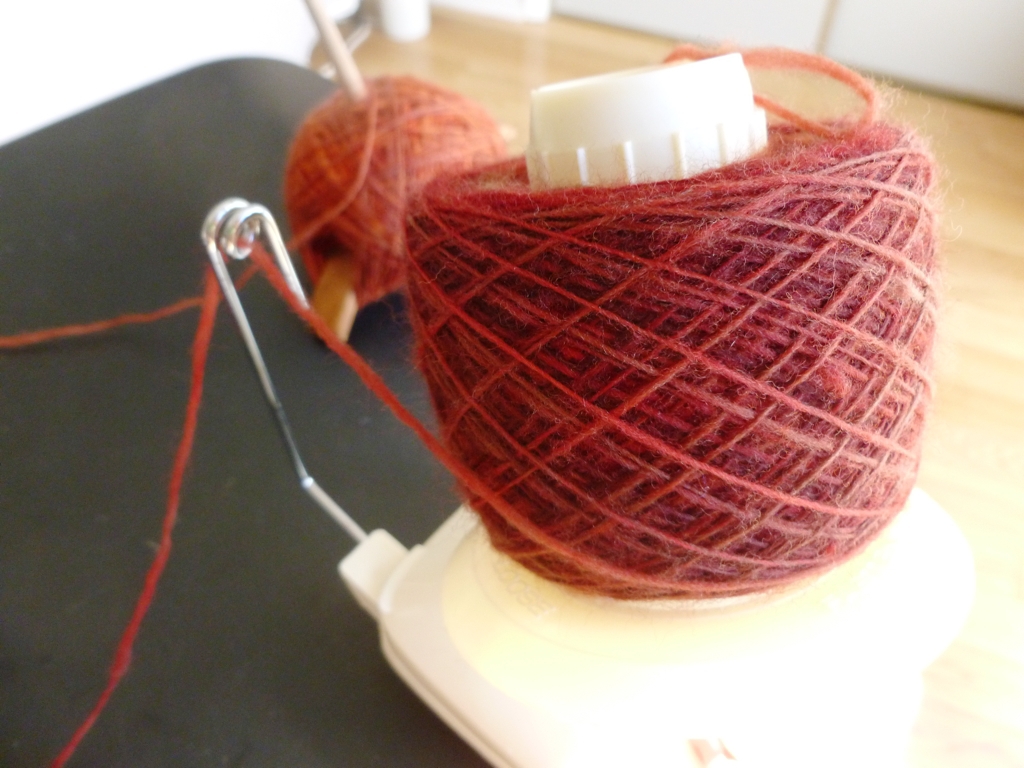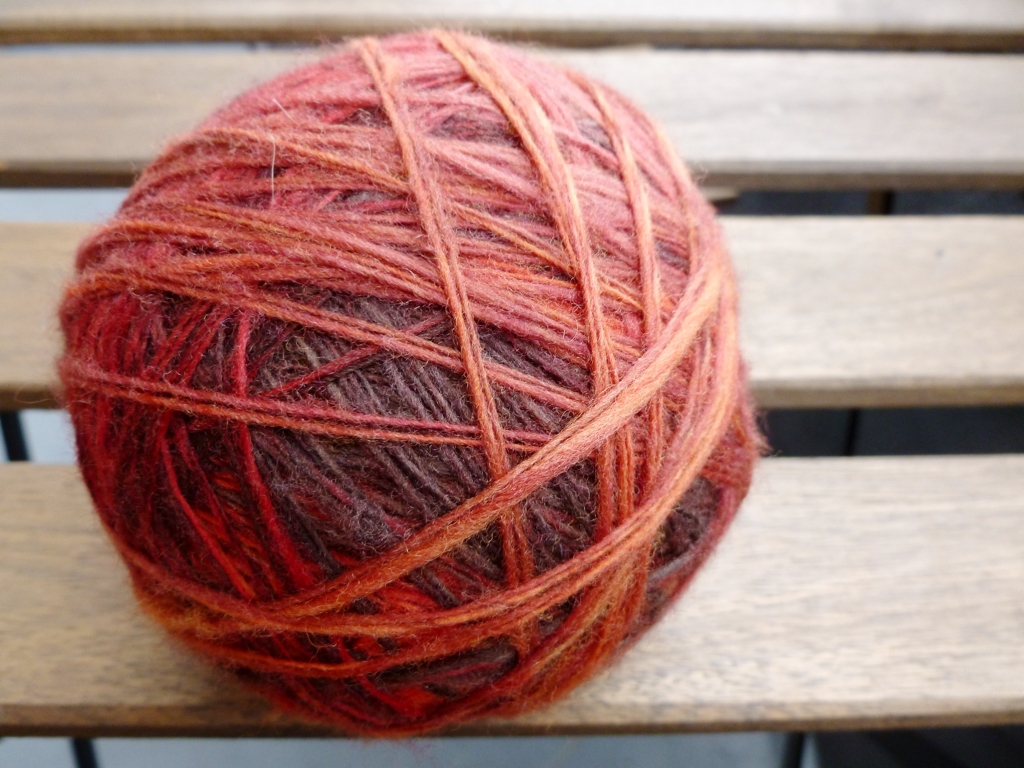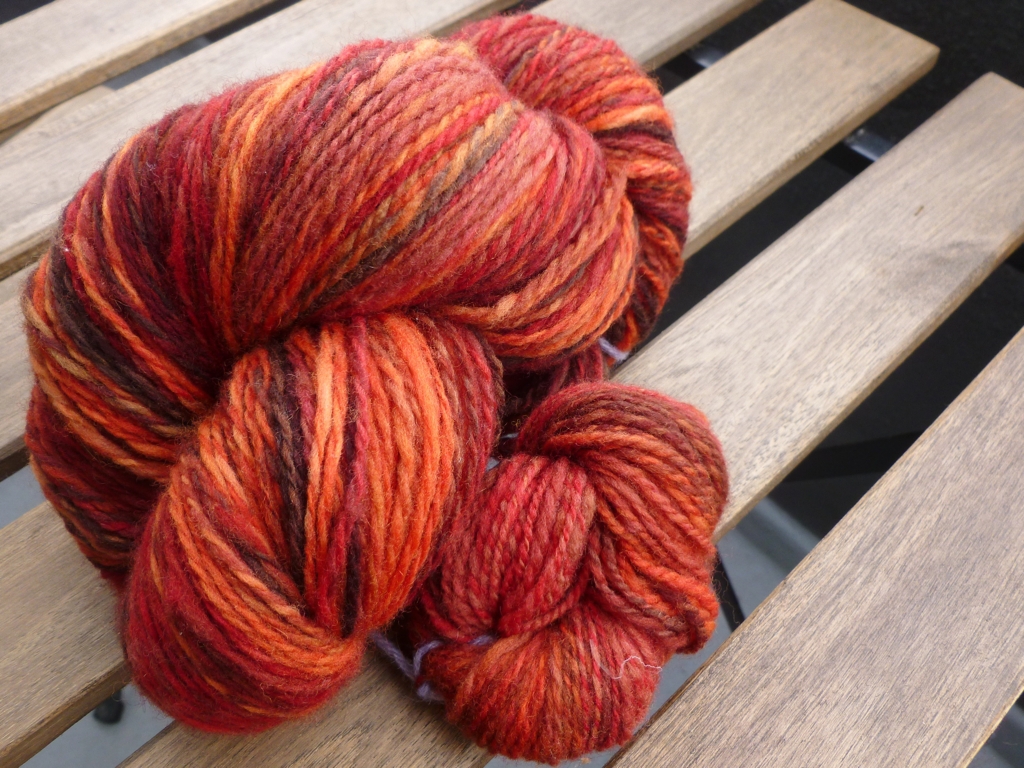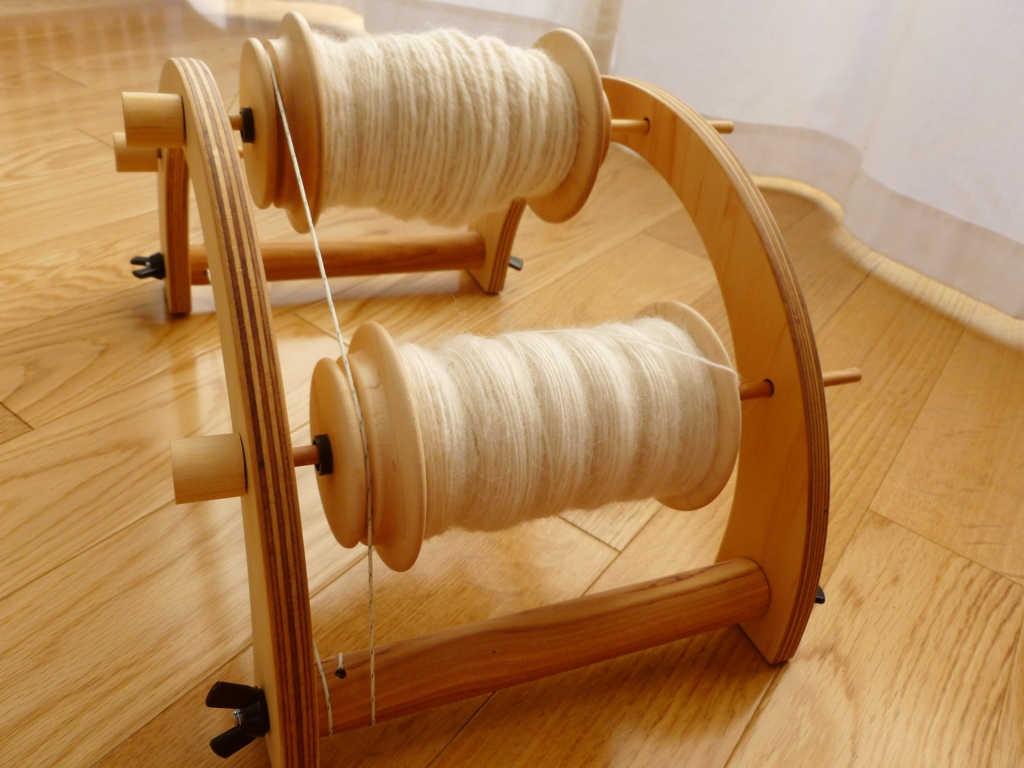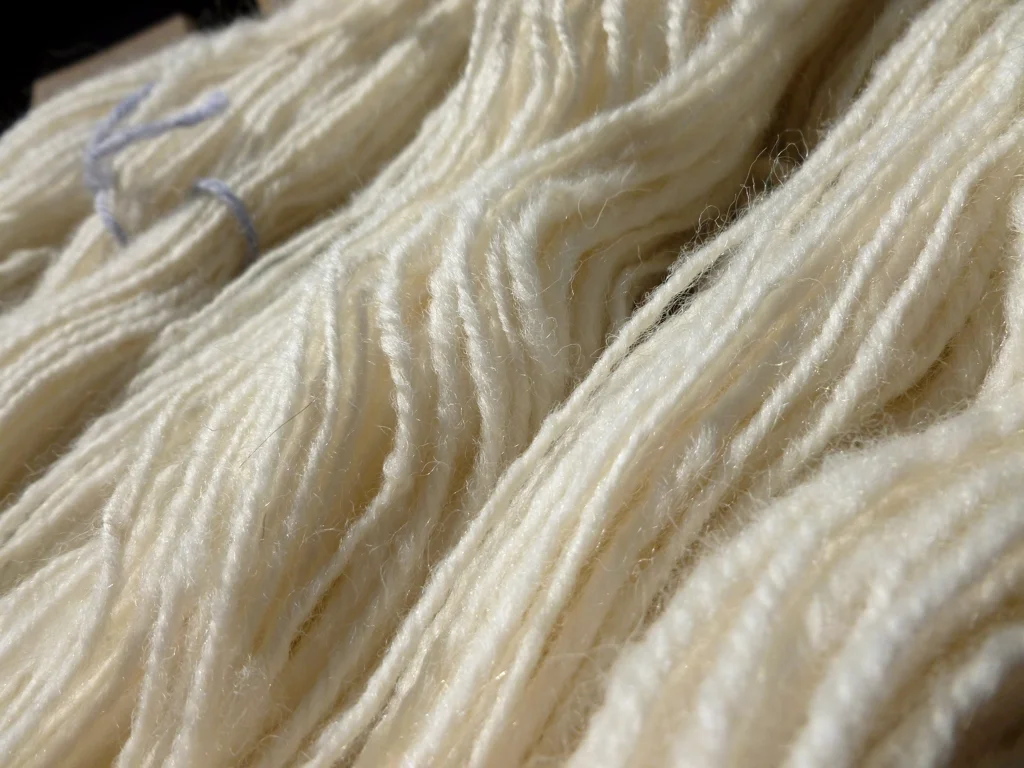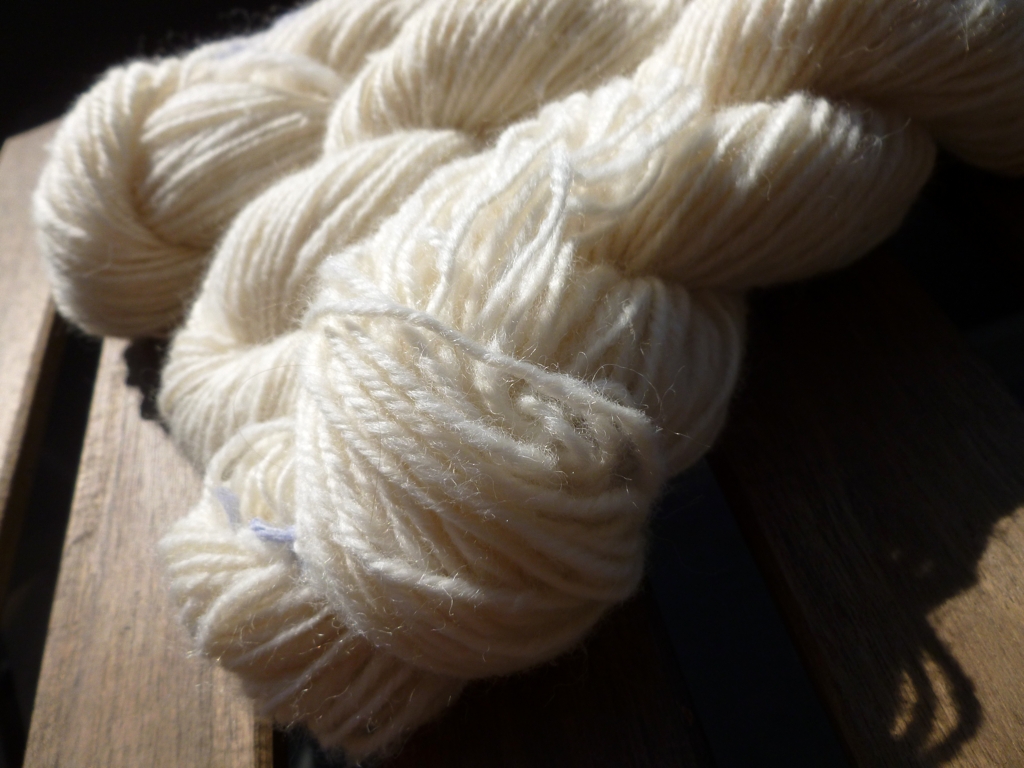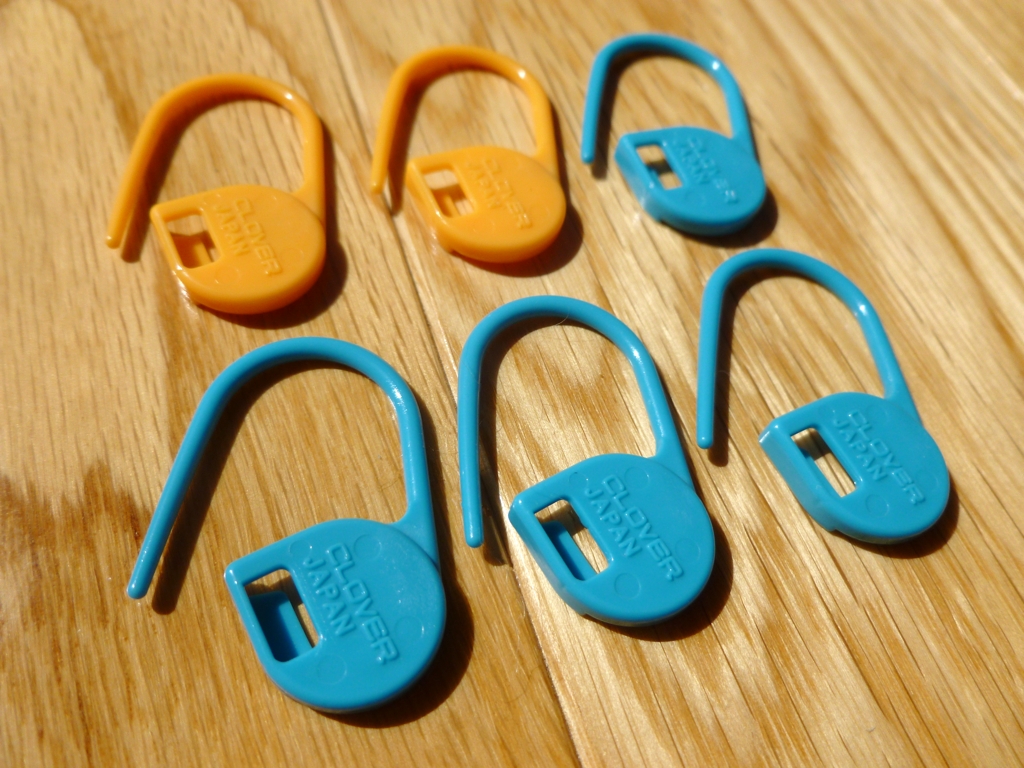Stash Documentation
/In February, I signed up for the Spun Right Round Fiber club as soon as it popped up in the Etsy shop. Doesn’t hurt to obsessively stalk a shop’s RSS feed, right? Please tell me I’m not the only one that does this. Joining the club was a consolation prize, albeit an awesome one, for not being able to make the trip to Stitches West. Eventually, the shipping notification arrived in my inbox and I waited none too patiently for March’s shipment to show up in my mailbox. The fiber is soft and the colors are definitely outside of my usual color spectrum. Riotous neon pink doesn’t often make it into my stash but this bump makes it look fun. Can’t wait to start spinning it up.
When I went to add the fiber, appropriately named Color Bot, to my Ravelry stash, it looked it was the only fiber I’ve bought in months. Definitely not true. I was also pretty sure that I’ve made more than 21 skeins of handspun. Oh, Ravelry, I have not forsaken you! I’ve just been a little distracted by spinning and writing and websites and knitting and video games and…you get the point. Over the past few days I’ve been adding to, photographing for, and updating the stash catalog. The whole process can be slow going but it’s worth it and I recommend it. A happy, up to date Ravelry stash let’s you see all your fiber at the click of a finger. Makes it easier to decide what to spin next. No need to drag it all unless you want to. Plus, it’s a great reference when you’re trying to decide how to further enhance the stash.
I almost forgot I had some this stuff. Shame on me.
Malabrigo Nube - Glitter Colorway. This Merino is ridiculously soft and the colors are everything you’d expect from Malabrigo.
CosyMakes Falkland - Flight of Fancy
More CosyMakes Falkland in Honey Bear. Before and After.
Gale’s Art Corriedale Top - Limited Edition Color
6 oz of un-dyed Corriedale Cross. Sometimes you just need a few neutrals to balance out all the color. Thinking about about pairing it with the purples, greens, and blues of the Corriedale from Gale’s Art. Maybe I’ll try spinning my first skein of sock yarn.

